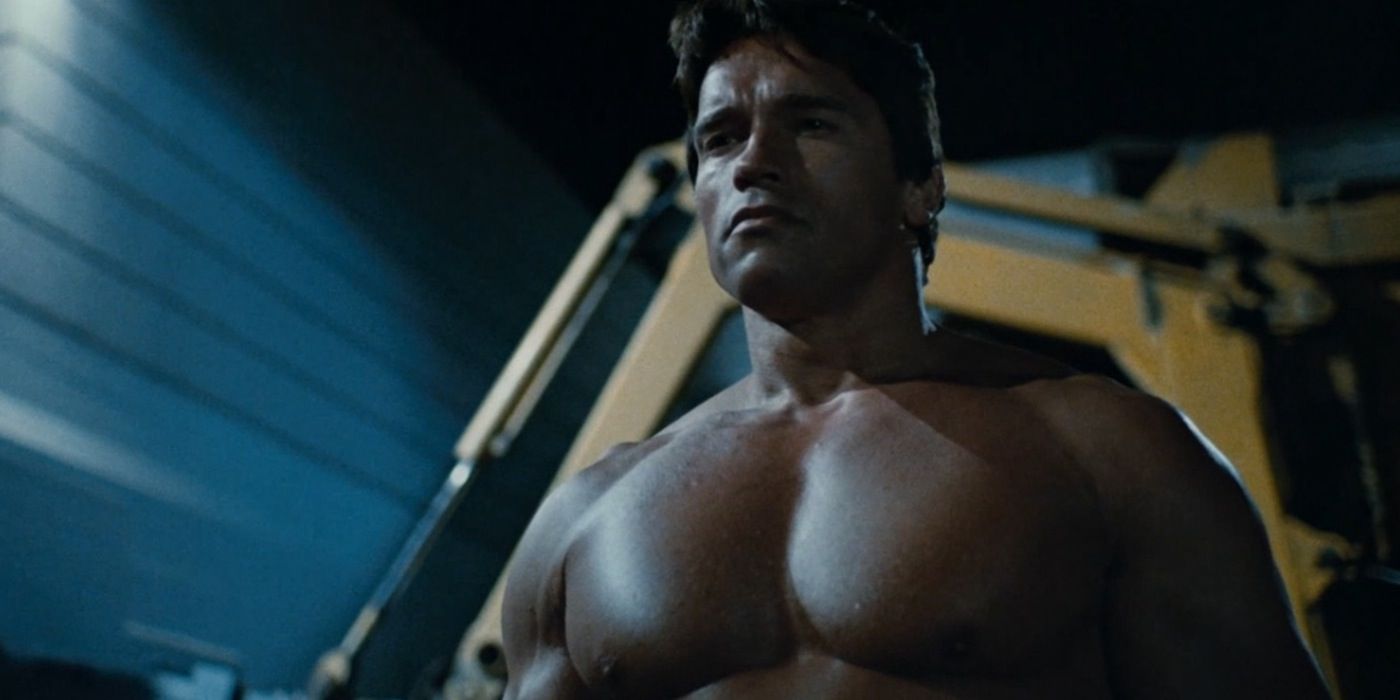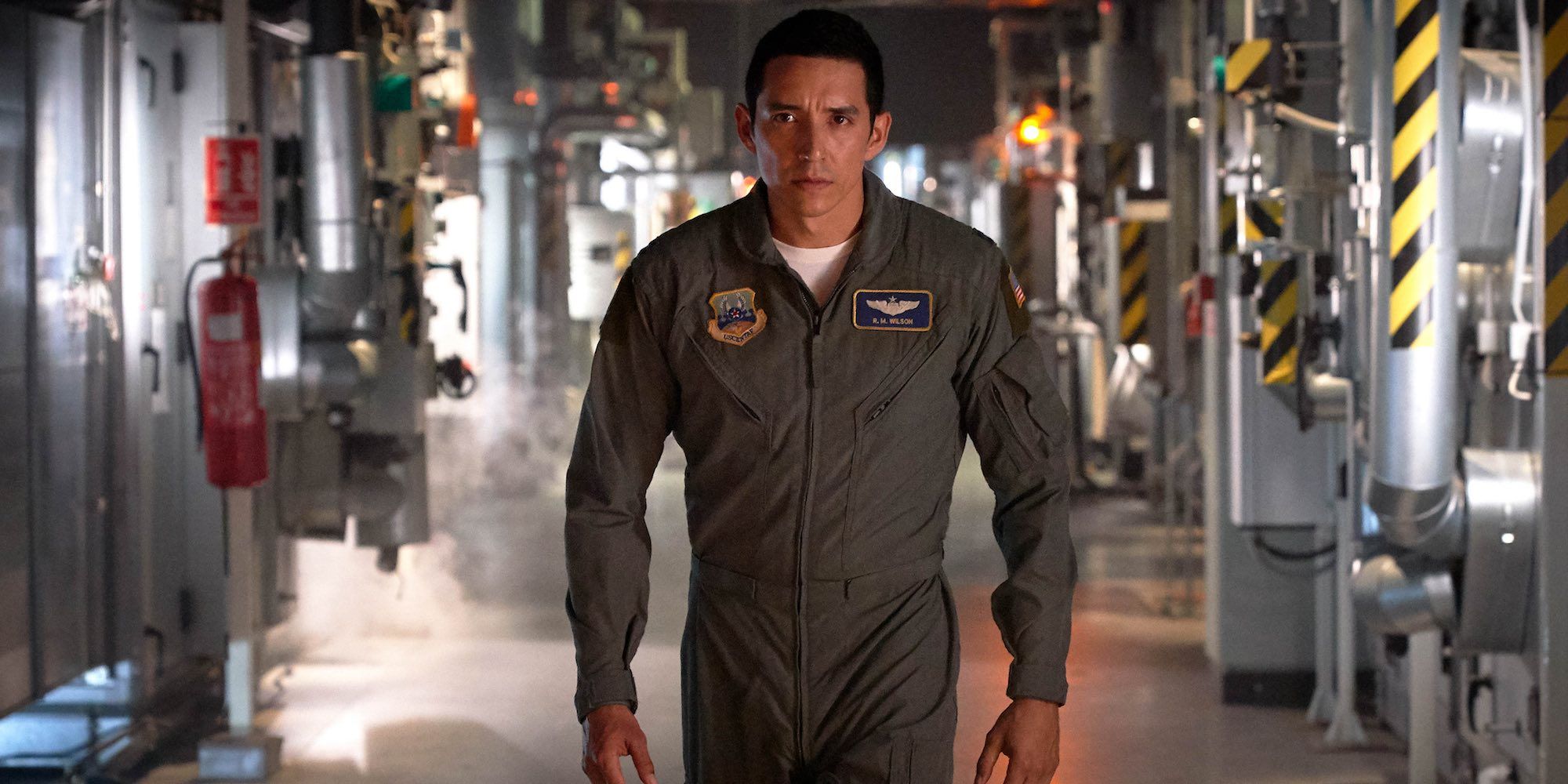Terminator: Dark Fate doesn’t just retcon the past 3 movies, but also rejigs certain elements of the original two installments by James Cameron. Released in 1984, James Cameron’s The Terminator brought the iconic Arnold Schwarzenegger character to the big screen for the first time, but it wasn’t until 1991’s Terminator 2: Judgement Day that the action formula was perfected. Cameron would then move away from the franchise, and the subsequent trio of Terminator movies (Rise of the Machines, Salvation and Genisys) failed to come anywhere close to the high standard set previously.
With Terminator: Dark Fate, James Cameron returns in the guise of writer and producer, bringing Linda Hamilton’s Sarah Connor along with him. Acknowledging the mistakes of past filmmakers, Dark Fate was written to completely ignore the events of the Terminator 3, 4 and 5, instead acting as a follow-up to Judgement Day. While critical reaction to Terminator: Dark Fate has been noticeably more positive compared to recent efforts, this apparently isn’t reflected in box office takings.
Dark Fate‘s decision to opt out of the more recent Terminator continuity is well-documented, but there are certain elements of the original James Cameron movies that have also been rewritten for 2019. These may not come close to the complete dismissal afforded to the other 3 films, but there’s certainly a noteworthy departure from the Terminator of old.
How Time Travel Works

There’s little use in searching for consistency on the theoretical side of time travel. Like virtually every other science fiction franchise, Terminator is full of paradoxes and contradictions that render making sense of timeline meddling a near-impossibility, however, Terminator: Dark Fate does make several alterations to the physical, literal mechanics of how time travel works within the series.
The location targeting, for example, appears to have reduced in accuracy since the initial two movies. Skynet’s T-800 and T-1000 land safely in remote areas, away from prying eyes, and neither are teleported into a brick wall or in the middle of the ocean. Similarly, Kyle Reese finds himself naked in a back alley, with only a single witness to his arrival. This demonstrates that the Time Displacement equipment possesses a fairly decent targeting system. Things appears to have changed in Dark Fate, as both Grace and the Rev-9 appear in awkward locations, falling from a great height and with plenty of bystanders around. Perhaps this can be explained by the fact that the TDE of this timeline is made by Legion instead of Skynet, with the former dealing in a budget version of time travel.
The original script for The Terminator did include a scene where a comrade of Kyle’s was displaced into a road, and if this moment hadn’t been edited out, the displacement’s lack of reliability would’ve been proven. As things stand, however, the machine had a pretty solid track record until Dark Fate came along.
Legion’s method of going back through time also adds a cool new freezing effect that was not present previously. Both the classic Terminator films and Dark Fate include the appearance of a Time Dilation Sphere and a surge of lightning as a prelude to an incoming time-traveler. In the new film, however, the surrounding air becomes icy cold, so much so that a hanging T-shirt turns to ice and is shattered. Again, this could be a by-product of Legion’s brand of time manipulation as opposed to Skynet’s.
More Terminators Were Sent Back

In James Cameron’s original duo of Terminator movies, sending a cyborg assassin back through time was depicted as fairly major undertaking, even in the future. One Terminator (Arnie’s T-800) was sent back to kill Sarah Connor before she could fall pregnant, and another (the T-1000) was commissioned to take out John as a child. In order to write John Connor out of Terminator: Dark Fate, CGI and body doubles are used for a scene in which a T-800 unit hunts down John and Sarah 3 years after Judgement Day and finally succeeds in killing the future leader of the human resistance.
Terminator: Dark Fate reveals that multiple T-800 units were sent back in time by Skynet prior to the A.I.’s destruction at the hands of Sarah Connor, and it was one such cyborg that finally took John down. These 101s were likely sent back around the time of Judgement Day, since they’re programmed to kill John instead of Sarah, and although there’s nothing in the original movies that explicitly states other Terminators don’t exist in the present day, the revelation does somewhat rewrite what came before.
The ease with which Skynet ultimately became able to manipulate time makes the cyborg villains of The Terminator and Judgement Day feel distinctly less special, and creates more questions than it does answers. How many Terminators were sent back? What happened to the other units? The scene certainly serves its purpose by taking John Connor off the board, but the simple manner in which Skynet eventually achieved the exact goal they’d been pursuing for the entire first two movies arguably makes James Cameron’s originals feel a little obsolete.
The Machine Uprising Is Inevitable

As implied by its very title, Terminator: Dark Fate rewrites not only the future, but the very emphasis of the first two movies. The Terminator created a time loop in the sense that John Connor led the Resistance to victory over the Skynet, but John only came into being because he sent Kyle Reese back in time to protect his mother from Skynet’s T-800 (and then have sex with her). Mankind appeared stuck in an unbreakable paradox.
Judgement Day evolved this story, proving that nothing was completely set in stone. Sarah Connor, her son John and a reprogrammed T-800 change history by attacking Cyberdyne, revealing the truth to Skynet’s unwitting creator and ensuring that the machine uprising never takes place. Mankind is saved, the future is unwritten and humanity is not bound by its grim destiny.
Except it is. Terminator: Dark Fate proves that if one murderous, human-hating artificial intelligence is defeated, a near-identical one will take its place. Beat Skynet, and Legion pops up; kill off Legion and, presumably, another budding geek with an engineering degree will create the next genocidal piece of software. Without this alteration to the franchise’s mythology, Terminator: Dark Fate could never have happened, so the change is certainly an essential one. Nevertheless, it’s an unfortunate consequence of making a sequel almost 30 years down the line that perhaps the biggest key message of Judgement Day is undone in order for the Terminator story to continue.




